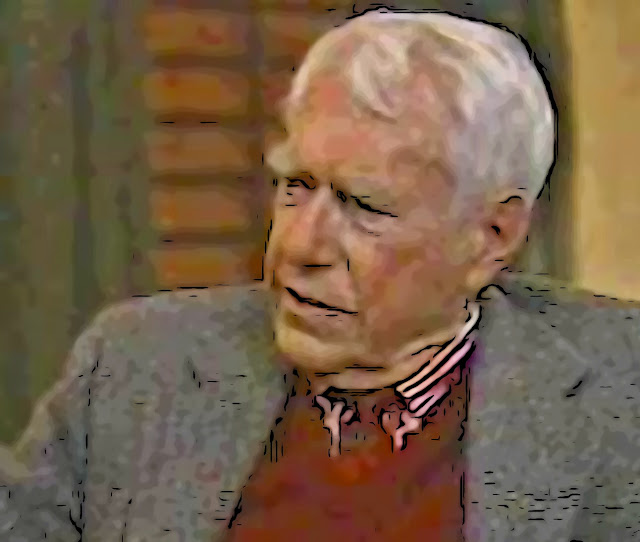Ambiguous Biblical Commandments: Edward T. Hall's Informal Culture

Harrison Road near my house--an old two-lane highway that's now a suburban traffic artery--has a posted speed limit of 40mph, but if you drive that speed, a line of cars collects behind you. Logically, speed limit ought to mean the fastest you drive, but, in effect, it means the slowest. Hardly anybody drives below 40mph on Harrison, and they're a hazard. The norm is between 45 and 50. In American culture, everywhere but in speed traps, "40" on a speed limit sign means "45 or a little faster." A Criminal Justice instructor told me that he taught this. "We don't want people staring at their speedometers." Rules of behavior seldom mean literally what they say. Speed Limit 40 doesn't mean, Drive slower than 40mph , but the logical opposite: Drive somewhat faster . A cop never tickets for 45mph, and may let 55mph off with a warning, but surely tickets 70mph. The wording is rigid, but enforcement flexes at the discretion of officers within ...





